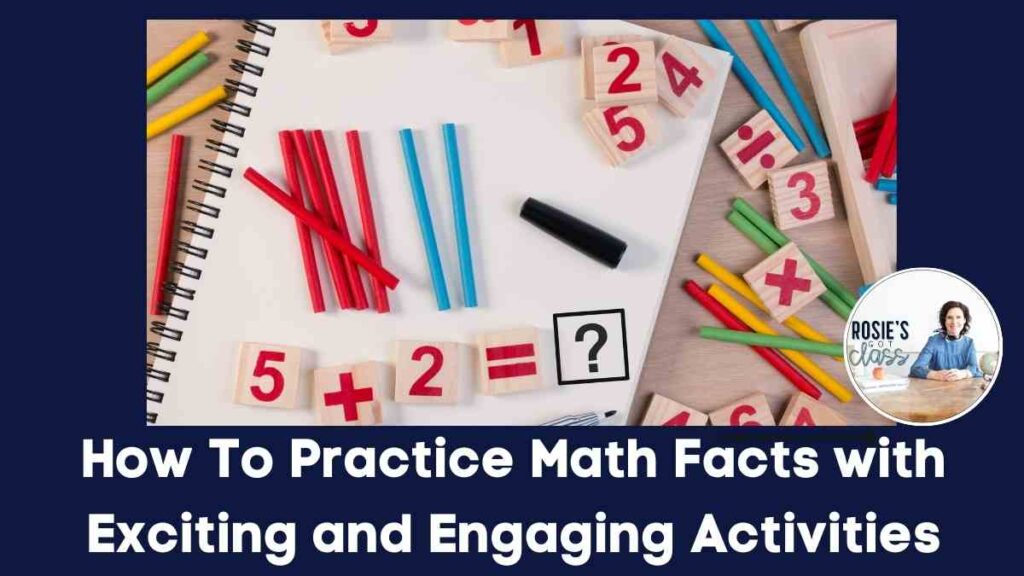
To practice math facts is often a daily homework assignment. Sometimes this can sound dreadful, but it doesn’t have to be difficult. Why do teachers and parents want children to practice math facts on a regular basis? The answer is simple. When students master their math facts, it sets them up for success in the future with more complex math problems. There are various creative ways to make the process more enjoyable and effective! Here are some tried-and-true strategies to make practicing math facts an enjoyable adventure.
It is exciting to practice math facts when you are playing a game like Bingo. Turn addition practice into fun with Pet Bingo. It is simple to prep, and your students will ask to play it again and again! Say no to a boring worksheet! Use this FREE sample of Addition Bingo that has a pet theme to practice +2 facts. Easily print the cards, find some counters to cover the squares, and you will are on your way to an engaging small group experience. Use the boxes to type in your name and email, and look for Pet Bingo in your inbox.
Play Games
One effective way to increase engagement in your classroom is to use a game. It makes it fun for everyone! You can use group games, small group games, partner games, or individual games to practice math facts in your classroom. Here are some ideas to help you get started.
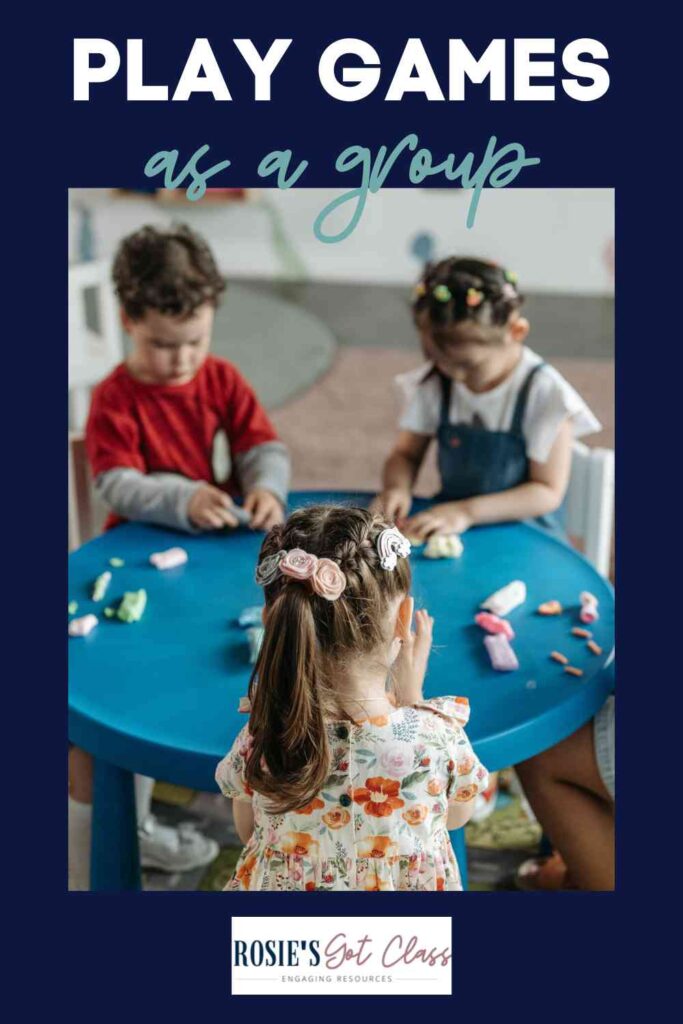
In a classroom, group games can be played with each person as a participant. They are great to use at the end of a lesson, at the end of the class period, or as a holiday celebration.
Around the World
Around the World is a classic and lively game that encourages quick thinking and friendly competition.
Materials Needed:
Flash cards that are large enough to be seen by all students
How to Play::
- Students sit in a circle, and one student stands behind one other student.
- The teacher shows these two students a math fact, and the two students race to answer it correctly first.
- The first student to answer correctly moves to stand behind the next student in the circle. If a student misses the problem, he or she sits down in the spot where the person who answered correctly was sitting.
- If there is a tie, I always make sure the teacher determines if it is a tie. I have them try a new fact and try to be the first again.
- This continues until someone goes “around the world” and returns to their original spot.
This game not only reinforces math facts but also promotes speed and accuracy.
Bingo
Bingo is another exciting group game that students love because it makes practicing math facts fun.
Materials Needed:
Bingo cards for each child
Markers to cover each square
Math facts that have answers that are the numbers on the bingo cards
How to Play:
- Give each student a bingo card and some markers.
- The teacher calls out the numbers, and students cover the corresponding problem if they have it on their card.
- The first student to complete a row, column, or diagonal yells “Bingo!” and is the winner.
This game can be adapted for different levels and types of math facts which makes it versatile and engaging.
Small Group Games to Practice Math Facts
Small group games can be helpful because the teacher can focus on a topic that some students need more help mastering. You can use Around the World and bingo in a small group setting also. This way some of your students that are overwhelmed in a whole group setting can have more time to answer the questions in each game.
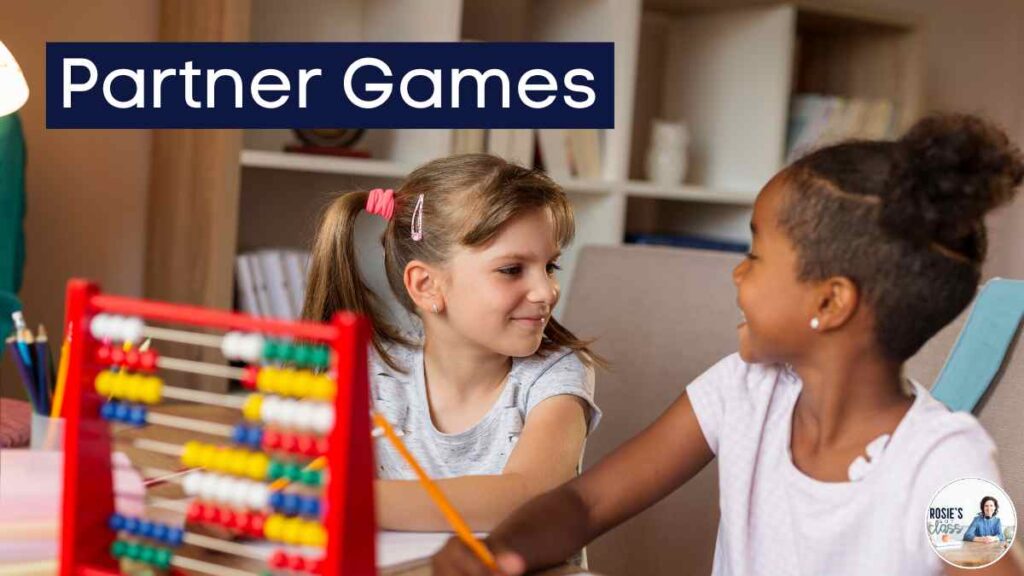
Practicing math facts with a partner allows both students to be involved in the process. Each person has to participate to make the game successful. When students play in a partnership, they also have to make sure the opposite partner is answering the problem correctly.
Roll the Dice
Materials Needed:
A pair of dice for each partnership
Roll the Dice is a simple yet effective game that students can play in pairs.
How to Play:
- Both students roll the pair of dice.
- They then add or subtract the numbers on the dice depending on the math facts they are practicing.
- The first student to get the correct answer wins a point.
- The game can continue for a set amount of time or until a certain number of points is reached.
This game helps students practice math facts in an interactive way.
Card Games
A set of cards can be a highly engaging and versatile way to build math fact fluency.
Math War
Materials Needed:
A set of number cards or playing cards for each child
How to Play:
- Each player draws a card from the pile after the cards have been shuffled.
- Then they add or subtract using the numbers on the cards. If you have chosen to use subtraction, players need to subtract the smaller number from the larger number.
- The player with the highest number wins both cards.
- If both players do not agree on the answer, they need to discuss and figure out which answer is correct before drawing another set of cards.
- The game continues until one player has all the cards or time is up.
This card game helps students practice math facts while learning to work with a partner.
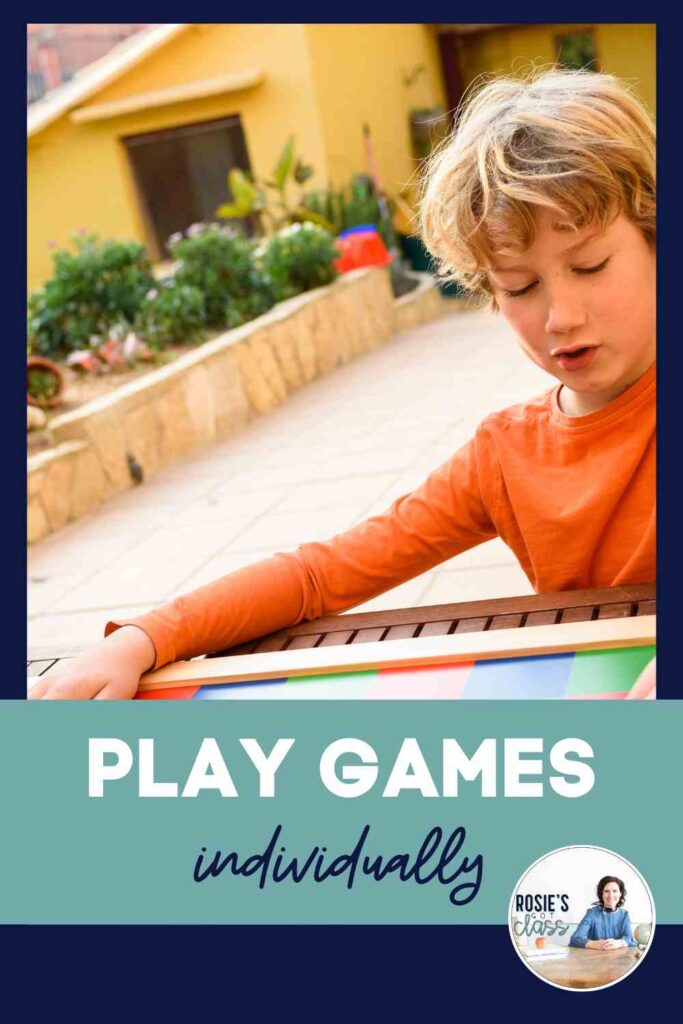
Individual Games
Sometimes students need a game to play by themselves so they can work at their own speed. Some students need a faster pace while some students need a slower pace to arrive at the correct answer.
Math Around the Room
Math Around the Room is perfect for individual students to practice while they answer questions placed around the room.
Materials Needed:
Math Around the Room cards
Student recording sheet
- Place math fact cards around the classroom. You can also use math flash cards if you would like, but I would number them.
- Students walk around, solve each math fact, and write down their answers on their recording sheet.
- After completing all the problems, they can check their answers against an answer key.
This activity combines physical movement with learning while helping students be engaged and active.
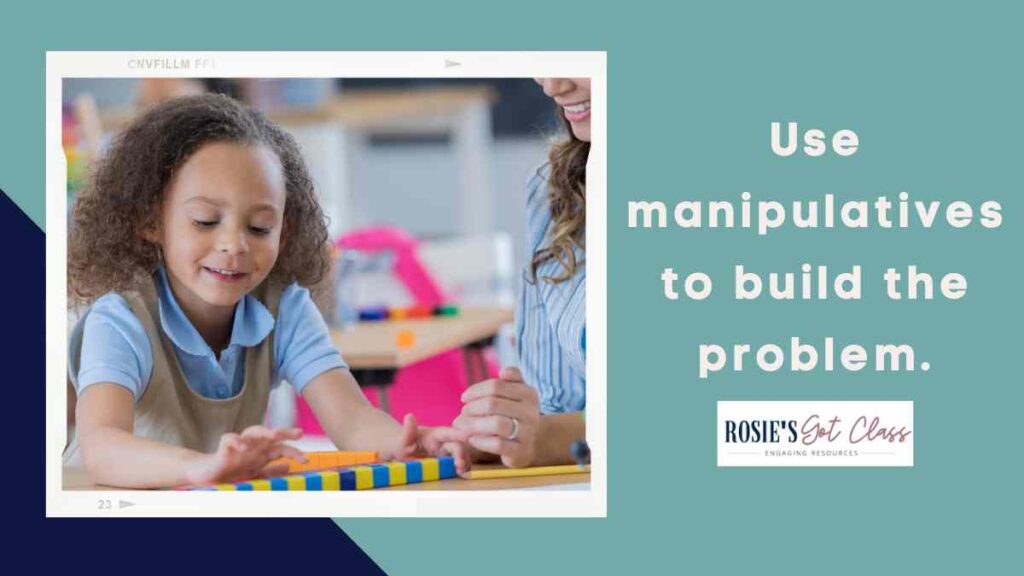
Using manipulatives can make abstract math concepts concrete. Items like counters, blocks, beads, and even everyday objects can be used to build and solve math problems. Manipulatives are especially helpful for visual and kinesthetic learners and provide a hands-on approach to understanding math facts.
If you are focusing on practicing adding 3, you can use counters to build a problem. I like to make up stories. For example, there are five birds in a tree. Then three more birds land in the tree. How many birds are in the tree now? Students love to use manipulatives for these kinds of problems, and it helps them build their math fluency. You can do the same thing with a subtraction story. There are 9 fish in a pond. Six fish swim away. How many fish are left in the pond? These stories help the students strengthen their understanding of math equations.
Sing Songs that Help You Learn the Facts
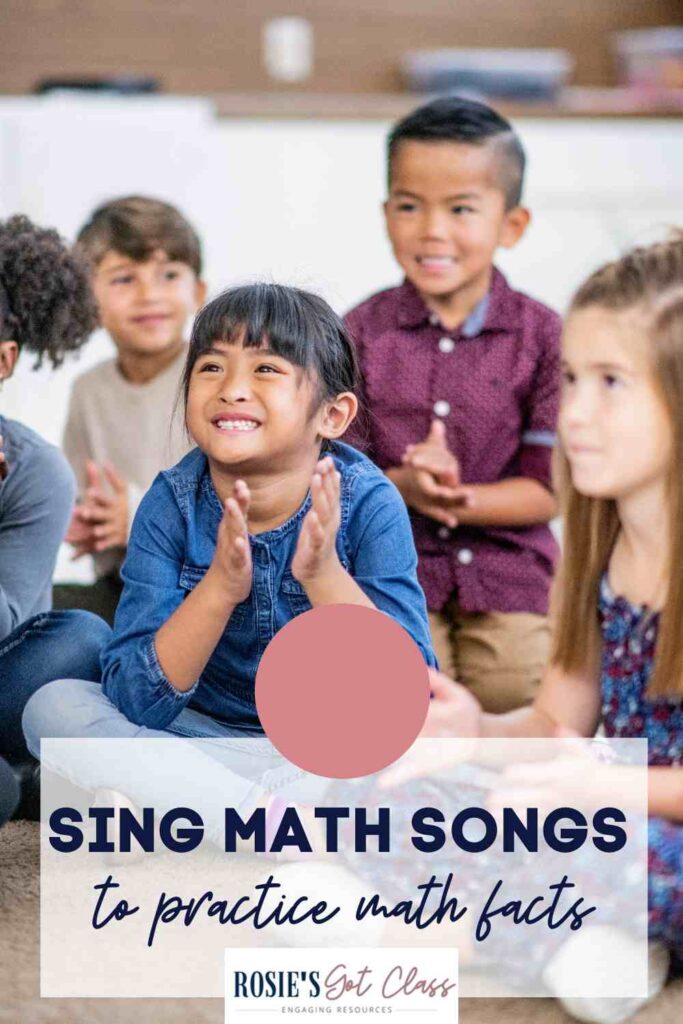
Music and rhythm can significantly aid in memory retention. There are many educational songs available that set math facts to catchy tunes. Some ways to incorporate songs include:
- YouTube Videos: Many educational channels offer songs for different math facts to help children practice their addition or subtraction facts.
- Sing As a Class: Dedicate a few minutes each day to singing math songs as a class.
- Create Your Own: For an extra fun challenge, encourage students to create their own songs or raps using the math facts they need to learn.
Singing songs makes learning math facts enjoyable and put them into their long-term memory.
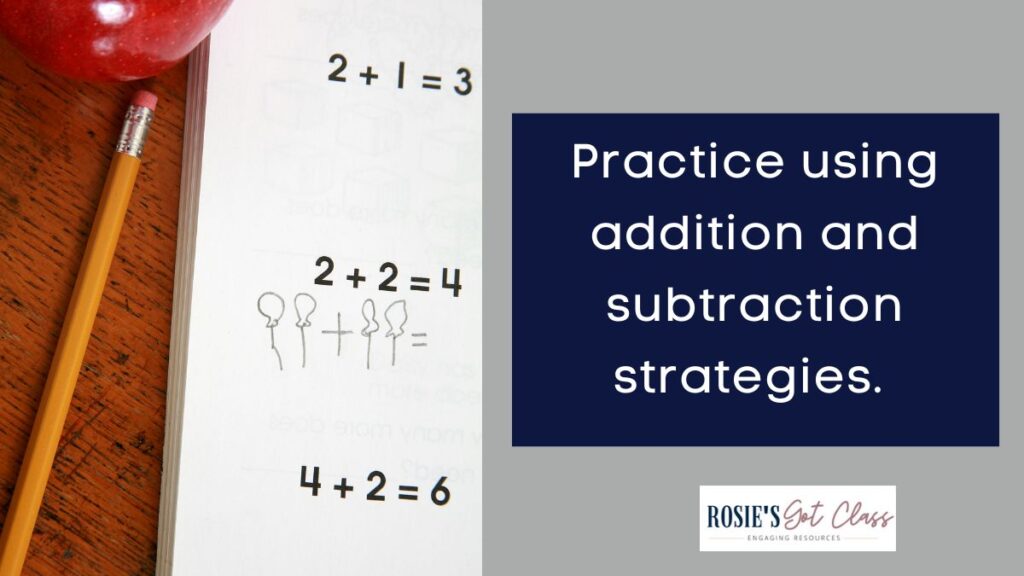
Practice Strategies
Developing strategies for solving math problems can make a significant difference in a student’s ability to recall and apply math facts. Some effective strategies include:
Fact Families
Understanding fact families helps students see the relationships between numbers. For example, in a fact family for 2, 3, and 5:
2 + 3 = 5
3 + 2 = 5
5 – 2 = 3
5 – 3 = 2
Knowing one fact helps students recall others in the same family. I always tell my students that if you can add, you can also subtract. I love when I see them begin to see and use the relationships to help them solve problems.
Using Number Lines
Number lines are excellent for visualizing addition and subtraction. For example, to solve 7 + 5, students can start at 7 and move five steps forward on a number line to reach 12. I also like using the number line to subtract to help them see that they begin at the bigger number. Then they move backwards the number of jumps that are being subtracted. This helps students understand that subtracting makes a number smaller because you are taking part of the whole away.
Practicing math facts doesn’t have to be boring. By incorporating games, manipulatives, songs, and practicing strategies, students can enjoy the process of successfully mastering math facts. These ideas cater to different learning styles and keep students engaged in making math fun. Whether in a classroom setting or at home, these ideas can make math fact practice fun and enjoyable.
Here are some other articles you might find helpful.


